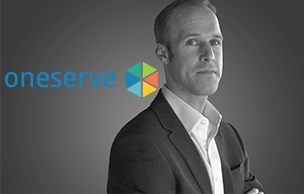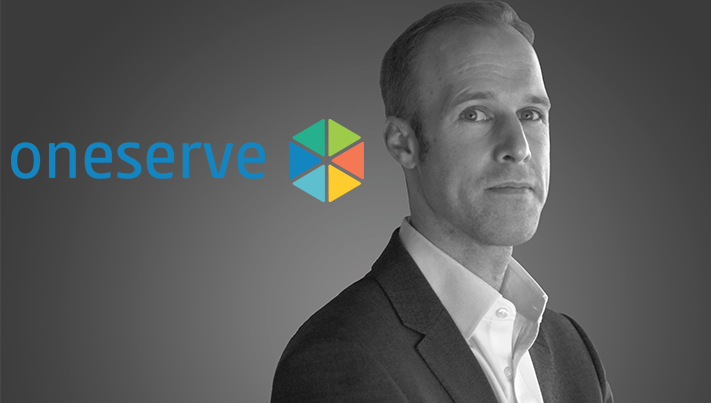
You may be starting a new business and need to get noticed, or maybe you’re a long
Driving sales
You’ve probably seen a fair few trusty Ford Transit Connects rolling on by with company logos emblazoned on the side. This is because it can turn your transport into an all-year-round marketing machine. Even if you’re parked up, members of the public can still engage with your brand. It doesn’t matter how big the company is either, as all sizes can benefit from this, although for smaller businesses this would be a relatively cheap way to get their brand or product noticed every day.
As an added bonus, using a vehicle wrap has been stated by the Outdoor Advertising Association as being the most cost-effective cost-per-impression advertising method of them all! Radio is cheaper, but can still cost in the region of £10 per thousand impressions for a
Using the influence of social media
Don’t focus too much on money-spending in marketing; take a look at free avenues, like social media. In January 2018, the UK had 44 million active social media users, representing 66% of the population. Of course, not all users will be potential customers or clients, but that is a phenomenal outreach for a free service. This is why a company, no matter what the size, should fully
An easy way to
Traditional leafleting
Leaflets are a relatively cheap way to market your business, so they can be a fantastic option for start-up companies in particular. Leaflet distribution, according to research, is a much more memorable form of advertising, with nine out of 10 people remembering door-drop mail they’ve received. This form of marketing can send your customers the message you’re intending to get across from as little as 5p per household. It also enables you to get customers engaging with your business.
Be selective in what needs to go on your leaflet design. By keeping your design simple, including your business’s name, logo, telephone number, email address and the service(s) you are offering, potential customers or clients are more likely to keep a hold of your leaflet, thus meaning they’ll always have a hard copy on hand.
Offering a discount or coupon with the leaflet is a clever way to gain potential engagement with your customers too.
Unroll the banners
If you have the space to show them off, outdoor banners are a smart investment. Doing so can help direct the attention of passers-by to your business in a relatively cheap manner. Research has found that the majority of a local business’s regular customers live within a five-mile radius of where you are based, so your banner could possibly be viewed by a single customer 60 times in a week.
There are so many ways to market your business, and the above is just a headful of potential routes. Realistically it all comes down to your budget, but you certainly shouldn’t scrimp on how much you set aside as its worth could be crucial to your business succeeding and growing. The above options should definitely help with your quest if you deliver it correctly.

























